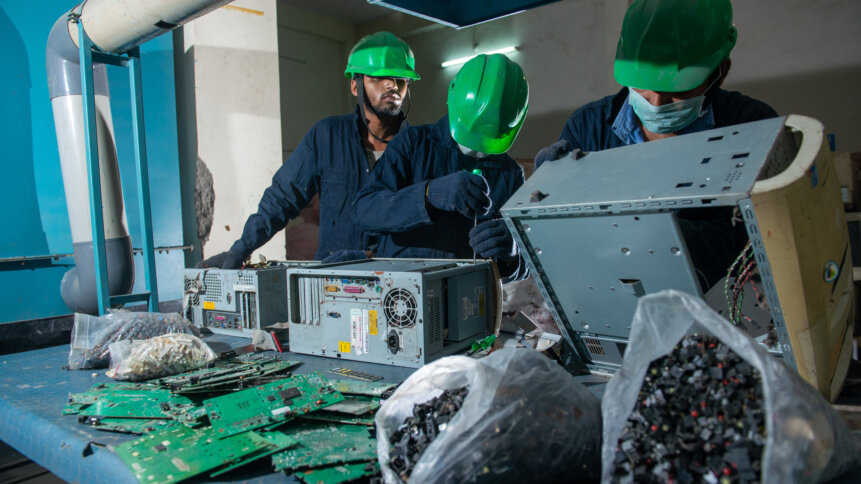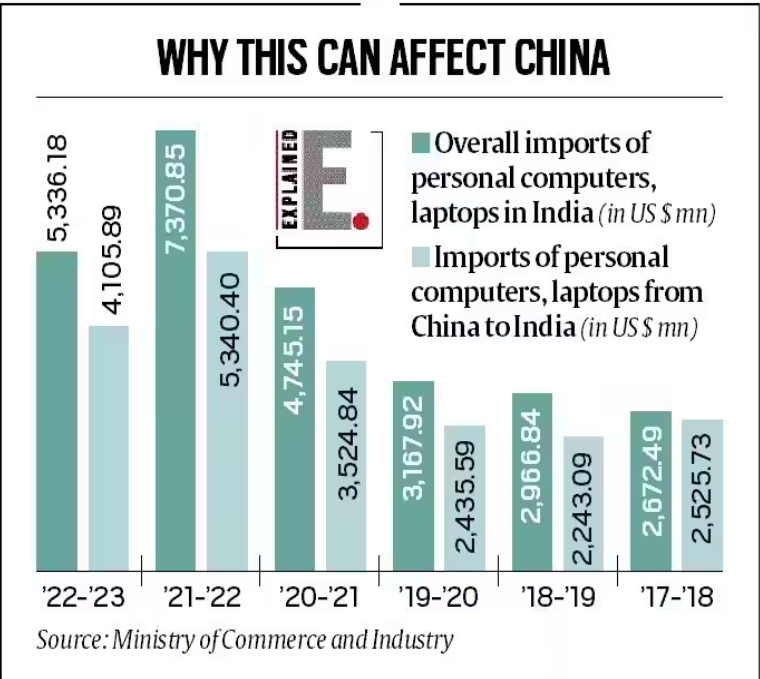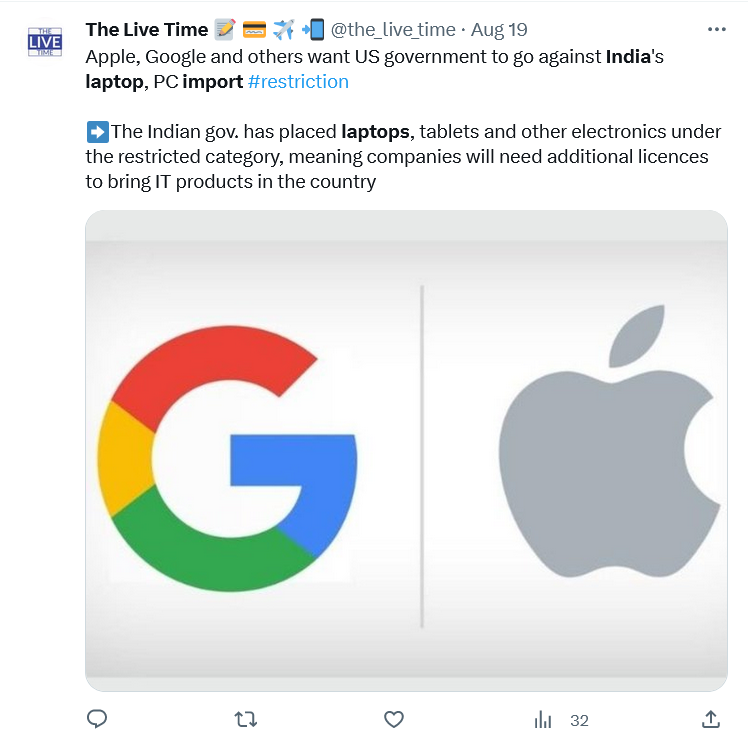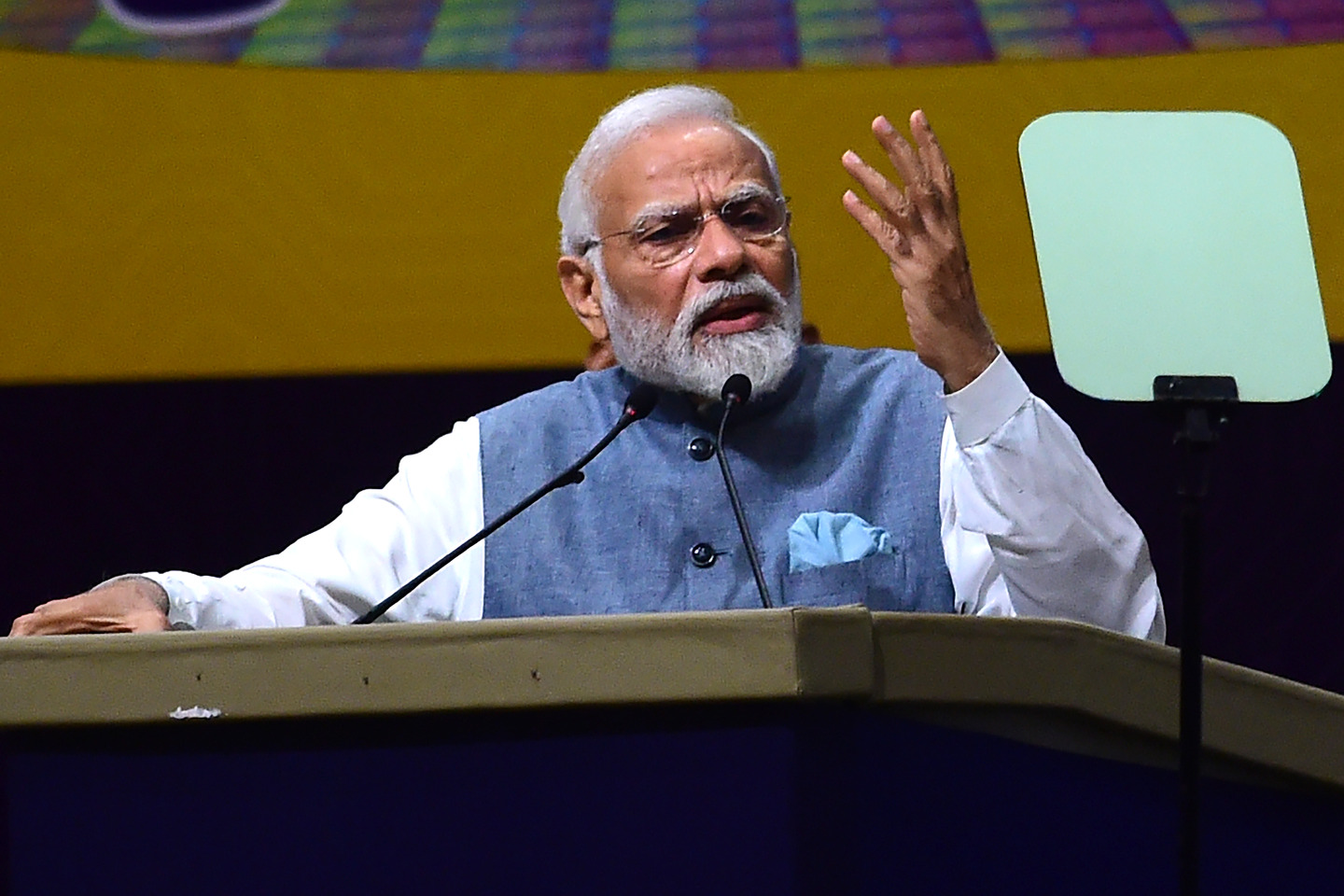Is India pushing its ‘Make in India’ agenda too far with laptop import ban?

- Starting in November, companies from the US, China, and the rest of the world will need licenses to import laptops and PCs into India.
- The ban is partof Narendra Modi’s “Make in India” strategy.
- A group of US tech giants protested the abrupt way in which India introduced the import restrictions, impacting electronics from small tablets to all-in-one PCs.
Indian Prime Minister Narendra Modi’s tenure has been characterized by a dramatic ramping up of trade protectionism. Over the course of roughly a decade, between 2010 and 2021, there have been frequent and broad tariff hikes and discriminatory regulations against foreign-owned companies by Modi’s administration. This month, the government went as far as to ban the import of laptops, personal computers, and tablets.
The so-called trade policy is being promoted under the mantle of “self-reliance” and Modi’s “Make in India” strategy. The latest trade-busting measure, announced on August 3, would require Indian companies to get a license before importing personal computers, laptops, or even tablets.
“Import of laptops, tablets, all-in-one personal computers, and ultra-small form factor computers and servers falling under HSN 8741 shall be ‘restricted,’ and their import would be allowed against a valid license for restricted imports,” stated the notice from the directorate general of foreign trade.
The government of India is convinced that reducing imports is necessary both for its security and as a way of creating manufacturing jobs. It also especially hopes to reduce imports from China. In recent years, India has witnessed a notable surge in imports of electronic goods, particularly laptops and computers. From April to June this year, the import of electronic goods escalated to US$6.96 billion, a substantial rise from US$4.73 billion in the corresponding period of the previous year.

Import of laptops, tablets, all-in-one personal computers, and ‘ultra small form factor’ computers and servers falling under HSN 8741 will be ‘restricted’ and their import would be allowed against a valid licence for restricted imports, the notification said.
Source: Ministry of Commerce and Industry.
These electronic goods now constitute four to seven percent of the overall imports during this period. The central government wants IT hardware manufacturers in India to achieve localization of approximately 80 percent in value addition for the production of computers and other IT hardware within the coming years.
How is the world reacting to the import ban by India?
So far, a broad coalition of US tech giants from Apple Inc. to Intel Corp. has protested the way in which India introduced tech import restrictions this month, saying the surprise move will damage the country’s ambitions to become a global manufacturing hub and harm consumers.
A report by Bloomberg indicated that eight American trade groups, comprising the most prominent players in technology and manufacturing, had sent a letter to the US officials last week asking the Department of Commerce, the US Trade Representative, and the government more broadly to urge India to reconsider its latest policy.
The South Asian nation’s plan to impose a new license requirement for tech imports will be effective starting November 1, 2023. The move “could significantly disrupt trade, hamper efforts to integrate India into global supply chains more closely, and harm businesses and consumers in both countries,” the trade groups said in a joint memo reviewed by Bloomberg News.
The licensing regime was implemented earlier this month, before authorities allowed a three-month reprieve to let companies obtain the required licensing. Other US industry groups objected to the planned licensing rules, including the Information Technology Industry Council, the National Association of Manufacturers, and the Semiconductor Industry Association.

US companies are urging India to think again.
“Any barrier to trade could affect the shipment of US-made computers and electronics into India, which in turn could complicate the ability of businesses in the country, whether American or Indian, to run and expand their operations,” Bloomberg wrote. Multiple industry sources said the government’s action stemmed from the fact that its Production-Linked Incentive (PLI) scheme for IT hardware was finding little traction so far.

Prime Minister Modi is pushing ahead with his Make in India strategy, despite US corporate criticism. Source: Sam Panthanky AFP
The scheme, revised in May, seeks applications for a 170 billion-rupee (US$2.1 billion) financial incentive plan to draw laptop-, tablet-, and other hardware-makers to the world’s most populous nation as companies diversify supply chains beyond China, the country which currently exports the majority of laptops and computers to India.
More than 75% of India’s total US$5.33 billion imports of laptops and personal computers in 2022-23 were from the neighboring country. On the other hand, India makes up less than 3% of China’s laptop exports, according to online data.
Considering those statistics, it would appear that Beijing does not care what New Delhi does to restrict trade in this space. For one thing, the more laptops assembled domestically, the more dependent India will be on China for parts because India’s domestic chip manufacturing capabilities fall distinctively short of where they need to be.
As for tech giants outside of China, like Apple, HP, Asus, Acer, Samsung and others, they will have to either start manufacturing their laptops in India or stop importing their gadgets to India. In all this, it’s likely to be the Indian consumer who will suffer most directly on account of lower availability and higher prices. Instead of encouraging the domestic industry this way, India should consider subsidies and other incentives for local players.











